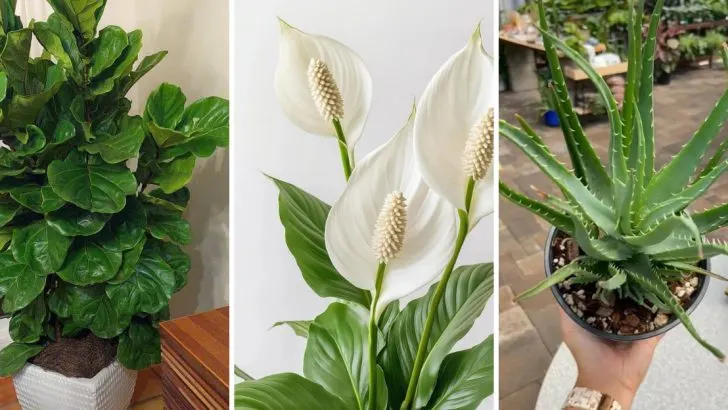Watering is often seen as the simplest part of plant care, but it’s surprisingly easy to get wrong – especially when it comes to overwatering.
Many beautiful houseplants suffer more from too much water than too little, with their roots unable to breathe in soggy soil. The result? Root rot, yellowing leaves, and an untimely end for your once-thriving greenery.
In this article, we’ll spotlight 11 stunning houseplants that are particularly sensitive to overwatering. From ferns to succulents, discover how to adjust your care routine to keep these plants happy, healthy, and thriving all year round.
Fiddle Leaf Fig
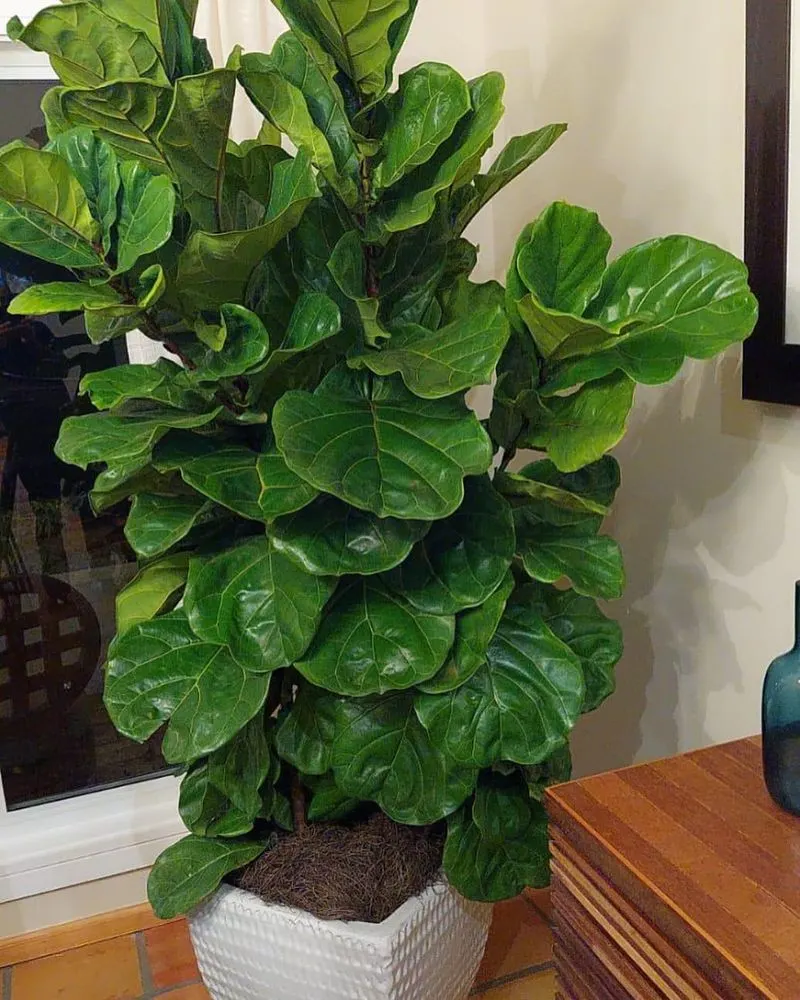
Renowned for its striking foliage, the fiddle leaf fig demands attention in any room. However, too much water can lead to root rot. Ensure the soil is well-draining and only water when the top inch is dry. A common mistake is placing it in low-light areas, which exacerbates overwatering issues.
Bright, indirect light is ideal. Regularly check the leaves for brown spots—an early sign of overwatering. Consider using a moisture meter if you’re unsure. This plant appreciates humidity, but not soggy soil. Balance is key to its thriving, showcasing those lush, green leaves without a hint of distress.
Aloe Vera
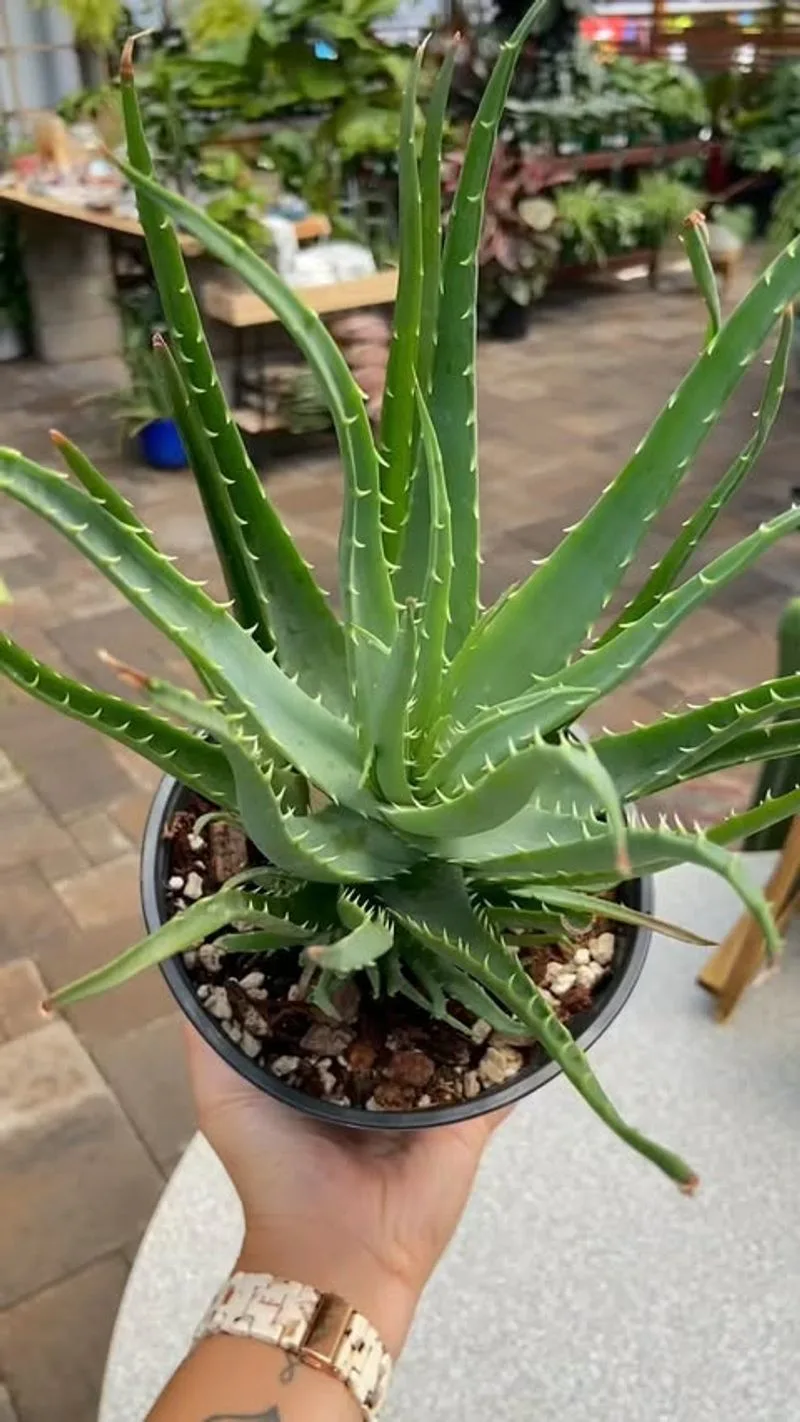
Aloe vera’s succulent nature stores water, making it susceptible to overwatering. Its fleshy leaves are a reservoir, so less is more when it comes to watering. Allow the soil to dry out completely between waterings. Overwatering can cause leaves to turn mushy and brown.
It’s best placed in a sunny spot, as inadequate light can compound water issues. Using a cactus potting mix can aid drainage. If you notice the plant looking limp, it might be crying out for less attention, not more. With minimal watering, aloe vera can thrive and offer its soothing gel for years.
Peace Lily

Peace lilies are forgiving plants, but overwatering can be their downfall. Recognizable by their elegant white blooms, they prefer evenly moist soil but not waterlogged conditions. Droopy leaves are a sign of distress from too much water.
Place in indirect light to prevent soil from staying too moist. Let the top layer of soil dry before re-watering. If the leaves begin to yellow, reassess your watering habits. Consider repotting if the soil remains wet for extended periods. This plant’s resilience can be a boon or a bane depending on how you manage its hydration needs.
Snake Plant
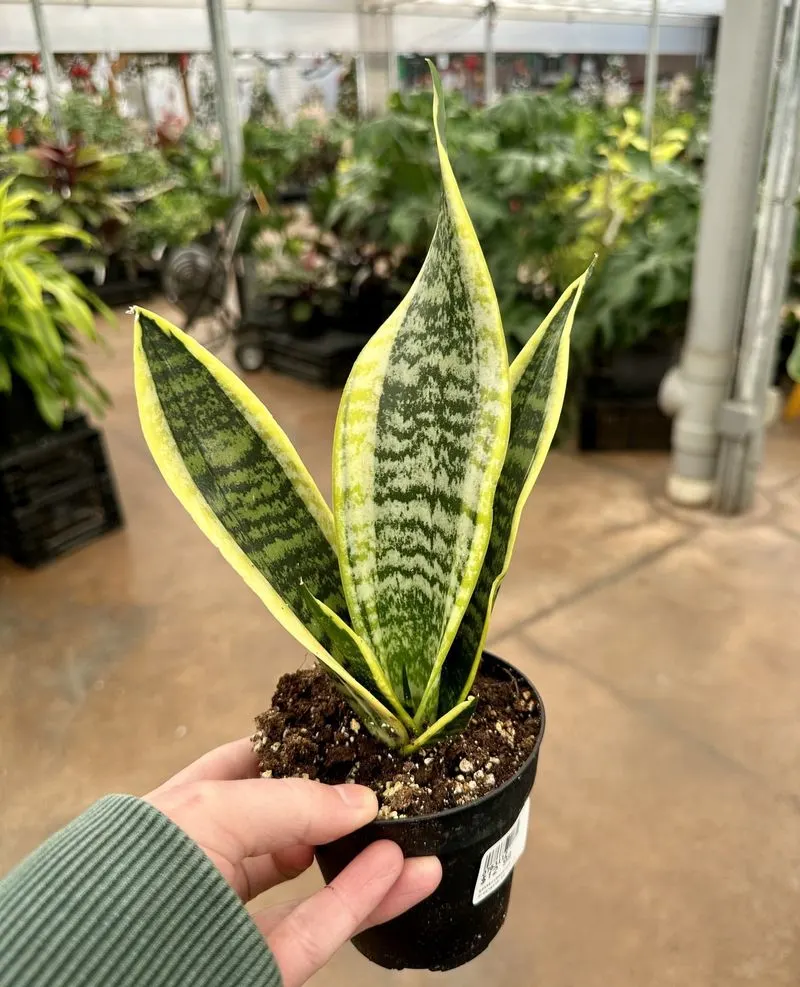
Snake plants thrive on neglect, particularly when it comes to watering. Known for their hardy nature, they are ideal for those who might forget to water. Overwatering, however, can lead to root rot quickly. Ensure the soil is completely dry before watering.
Place it in indirect light for optimal growth. If the leaves start to flop, it’s a sign you’ve been too generous with water. Use well-draining soil and a pot with drainage holes. This plant can adapt to various light conditions but avoid placing it in a dark corner where soil moisture lingers.
ZZ Plant
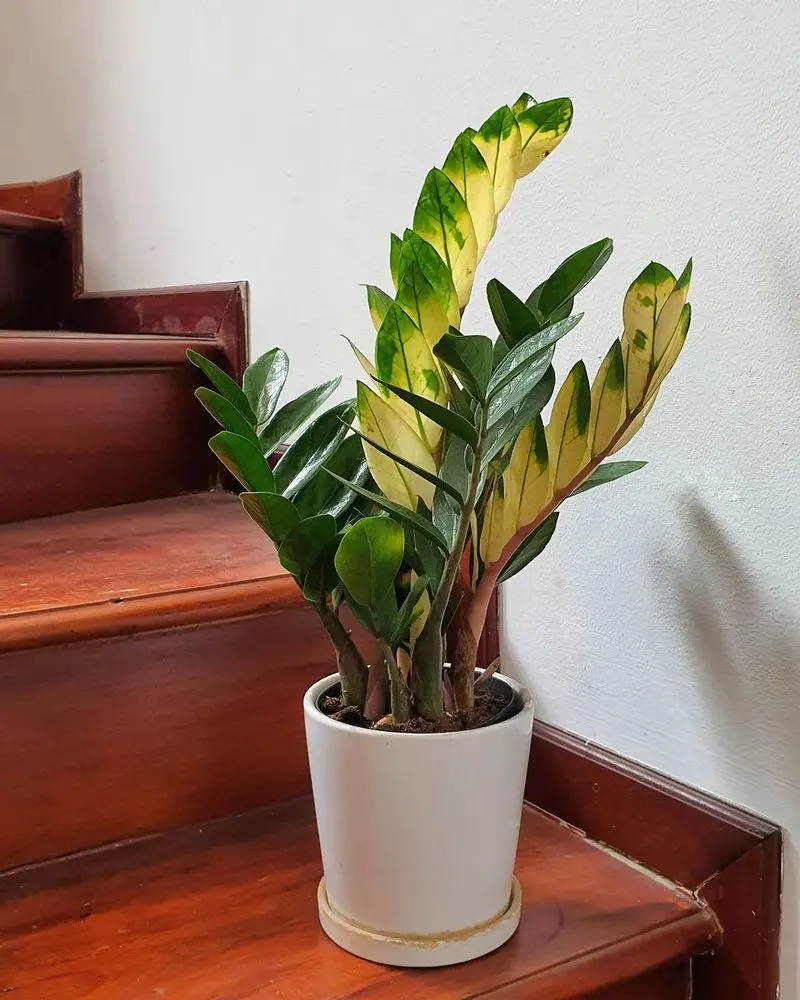
ZZ plants are the epitome of low-maintenance beauty, thriving with minimal attention. Their waxy leaves store water, so infrequent watering is perfect. Overwatering can cause the rhizomes to rot. Allow the soil to dry out between waterings thoroughly.
Bright, indirect light helps it flourish, but it’s also tolerant of low light conditions. If the leaves turn yellow, it might be due to excess moisture. Use a well-draining potting mix to prevent sogginess. These resilient plants can bounce back from neglect, but consistent overwatering will take its toll eventually. A little attention goes a long way.
Jade Plant
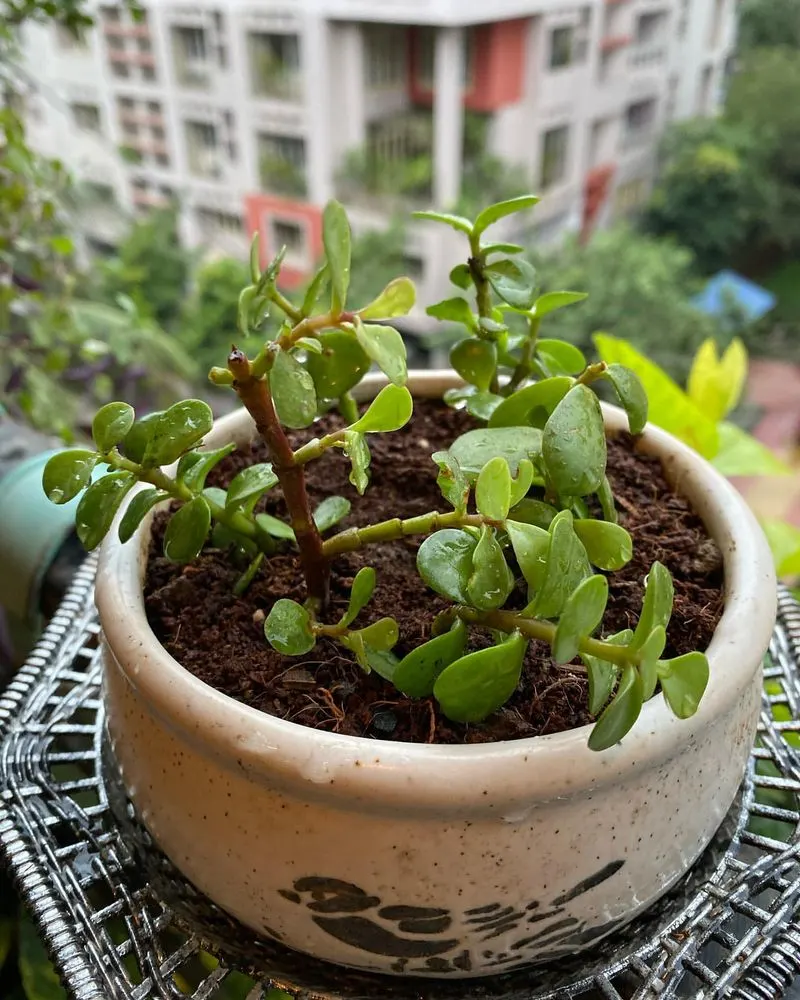
Jade plants, with their thick, glossy leaves, are not fans of overwatering. They store water in their leaves, requiring the soil to dry between waterings. Waterlogged soil can lead to root rot. Position in a sunny spot, as light helps prevent excess moisture retention. If leaves start dropping, reassess your watering schedule. A succulent potting mix can aid in drainage, crucial for their health.
These plants prefer a hands-off approach when it comes to hydration. While they may tolerate some neglect, consistent overwatering is a surefire way to watch your once-vibrant jade plant decline.
Pothos
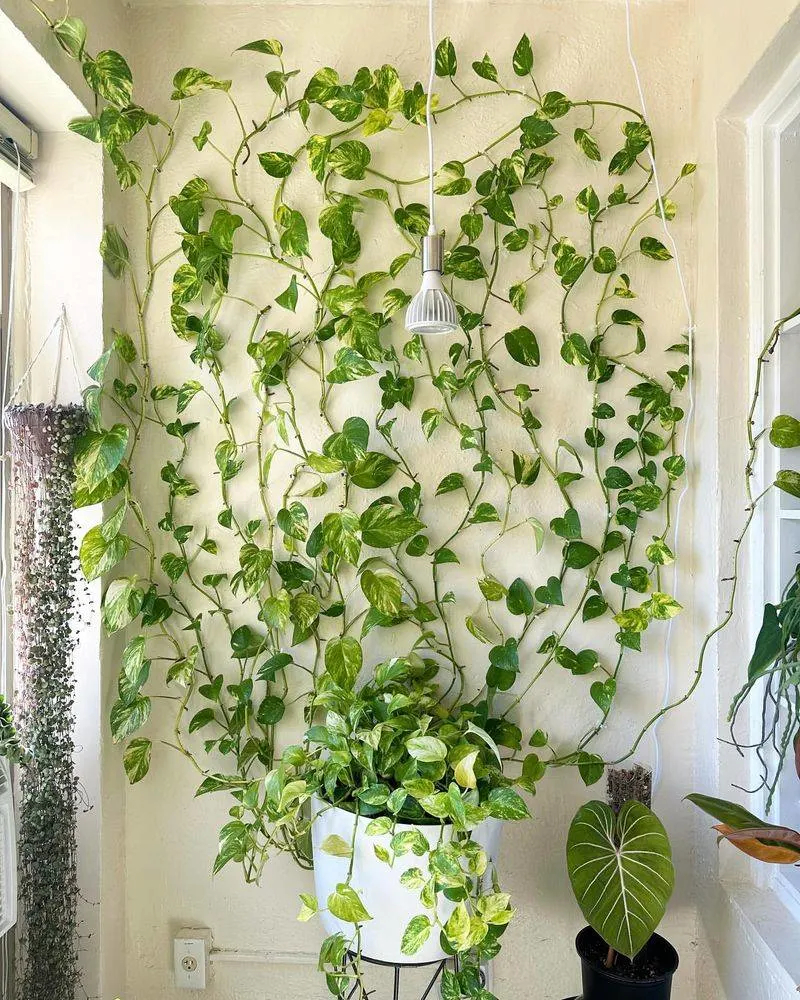
Pothos is a beloved plant for beginners, but it doesn’t tolerate overwatering well. Known for its trailing vines, it prefers dry spells between waterings. Yellowing leaves often signal too much water. Ensure the pot has drainage holes and use a well-draining soil mix.
It’s adaptable to various light conditions, but avoid direct sunlight which can dry the soil too quickly. If you notice the leaves wilting or yellowing, cut back on water. Regular pruning encourages new growth and prevents leggy vines. Pothos is a forgiving plant, but it’s crucial to monitor moisture levels diligently.
Boston Fern
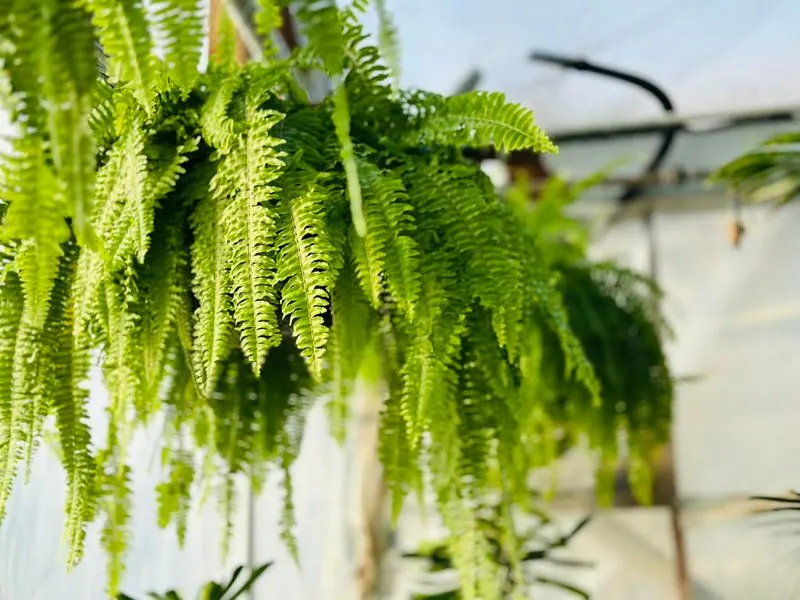
Boston ferns bring a touch of the tropics indoors but are sensitive to overwatering. Their feathery fronds thrive in high humidity, yet the roots detest soggy soil. Water when the topsoil feels dry, ensuring the pot has good drainage. An overly damp environment can lead to root rot.
Place in indirect light to maintain the delicate balance of moisture. If fronds turn brown at the tips, it might be time to reassess your watering strategy. A humidity tray can help, but avoid waterlogged conditions. These ferns demand keen observation to keep their graceful appearance intact.
Orchid
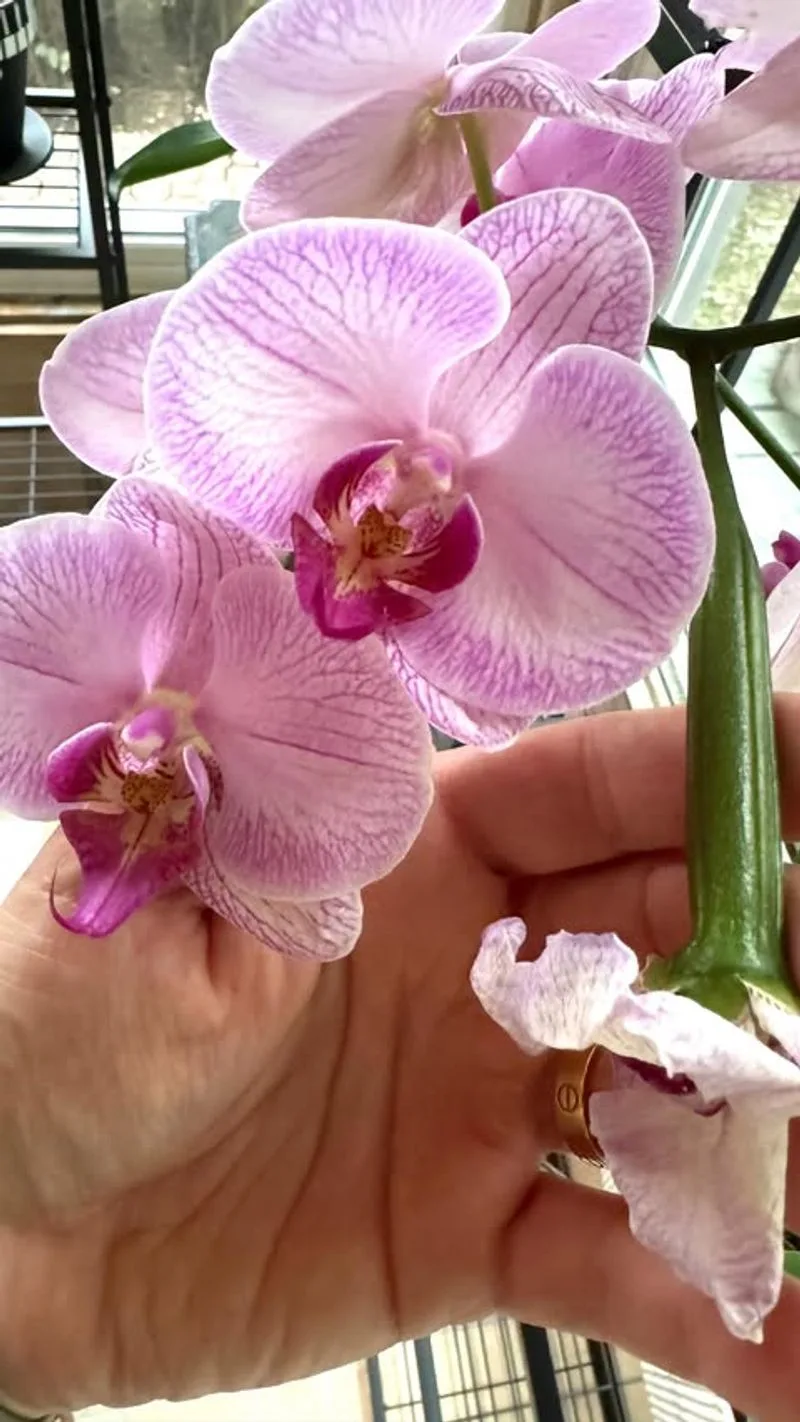
Orchids, with their exotic blooms, require a delicate touch regarding watering. Their aerial roots prefer drying out slightly between waterings. Overwatering can result in suffocated roots and a decline in health. Use an orchid-specific potting mix to facilitate aeration.
Place in bright, indirect sunlight to prevent excess moisture. If leaves become wrinkled, it might be a sign of hydration imbalance. A transparent pot can help monitor root health and moisture levels. Orchids demand patience and precision in care, rewarding growers with stunning blooms when their watering needs are met correctly.
Spider Plant
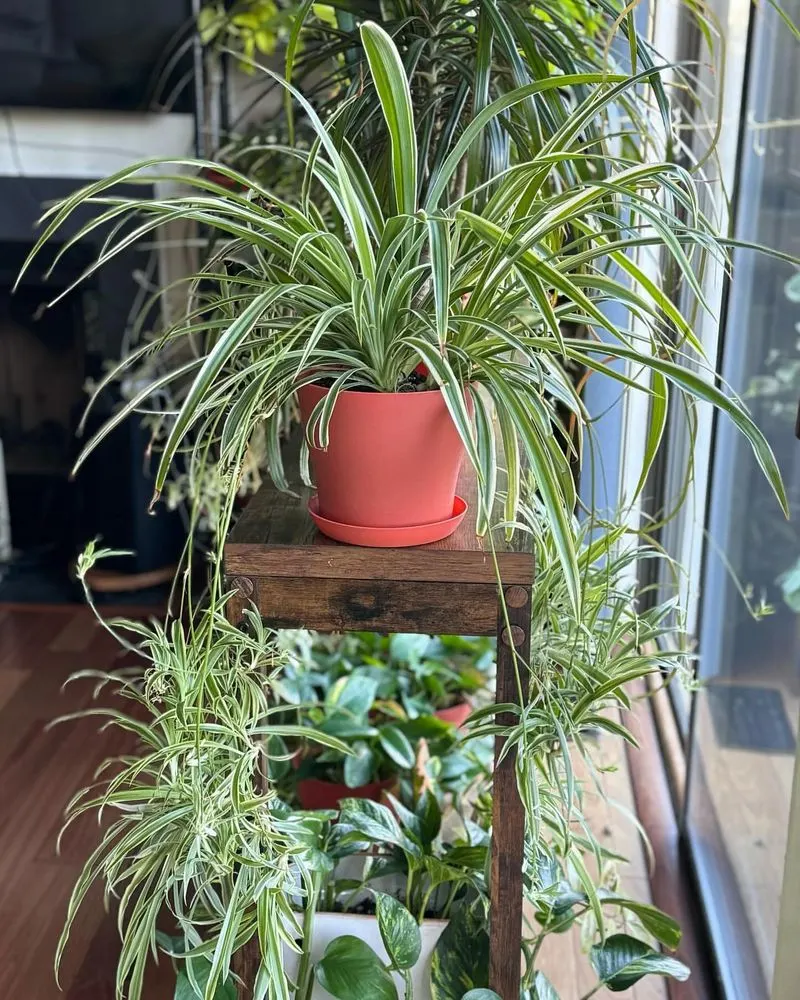
Spider plants, with their lively green and white striped leaves, are prone to overwatering issues. They prefer their soil to dry slightly between waterings. Yellowing leaves can signal water excess. These plants thrive in bright, indirect light, which prevents soil from staying overly damp.
Ensure the pot drains well and use a light potting mix. If water collects at the base, it might lead to root rot. Regularly trim off brown tips to keep the plant looking fresh. Spider plants are generally hardy, but their dislike for soggy roots requires a mindful watering schedule.
Calathea
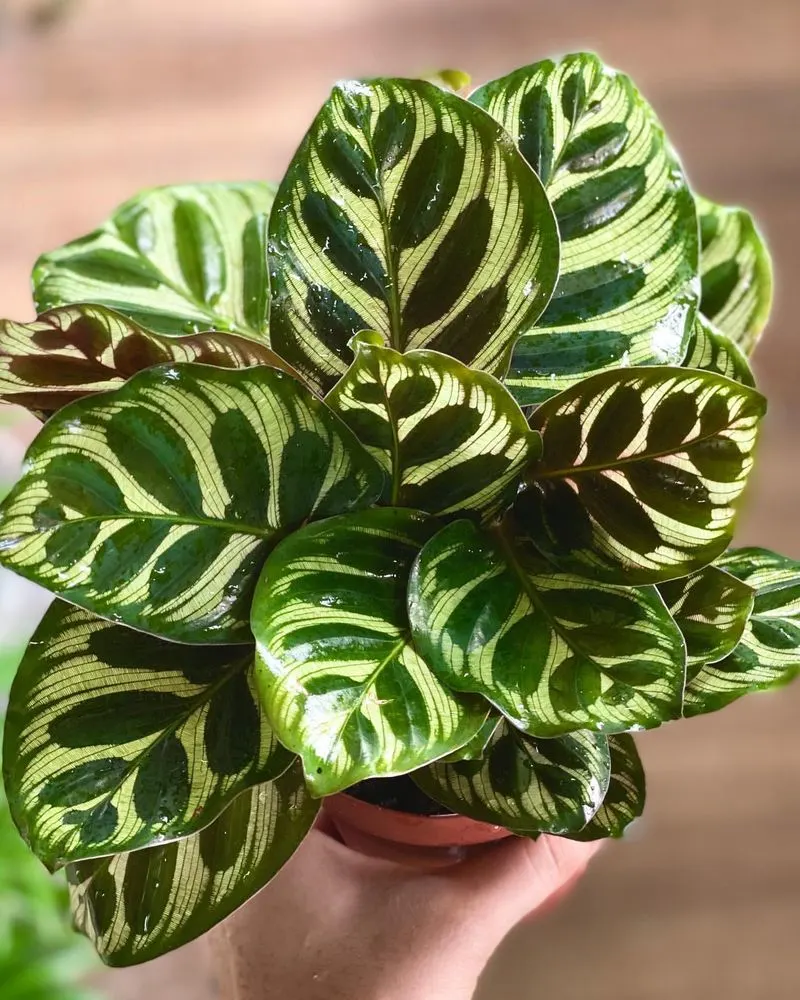
Calatheas are cherished for their ornate foliage but are notoriously fussy about water. Overwatering can lead to root rot and fading leaves. They prefer slightly moist soil but not saturation. Place calatheas in low to medium light areas, avoiding harsh sunlight.
Humidity is key; consider a humidifier if the air is dry. If leaf tips brown, it could indicate water quality or excess. Use filtered water to prevent mineral buildup, which these plants are sensitive to. Calatheas demand attentive care, rewarding with vibrant, decorative foliage when their watering needs are balanced perfectly.

